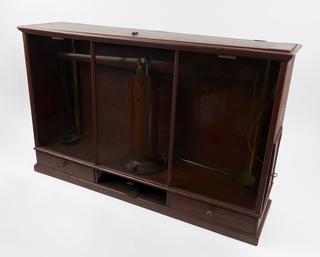


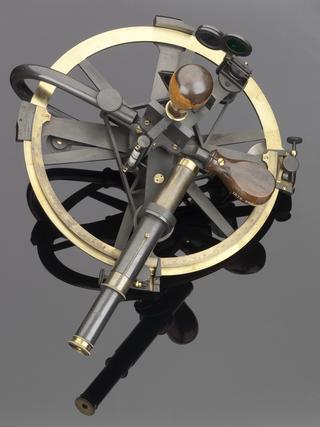
Brass framed repeating circle with case.
1815-1825

Mahogany and brass octant.
1775-1785
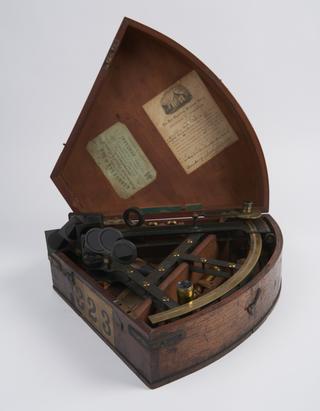
Brass pillar-frame sextant.
1810-1820

Sector by Troughton
1801-1830
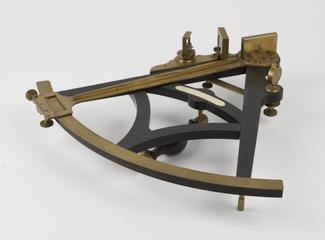
Ebony and brass sextant.
1785-1795
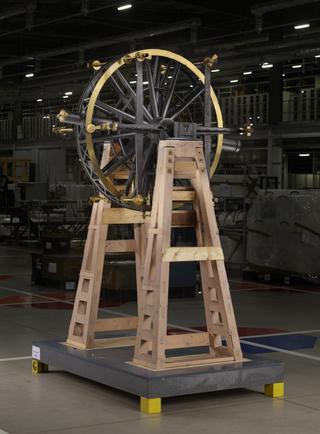
Transit circle by Edward Troughton, London, with a micrometer eyepiece and accessories
1806
Altazimuth theodolite, 1780-1826
1780-1826
7 inch altazimuth theodolite by Troughton
1801-1850
Hassler type reflecting circle with case.
1790-1826
Beam compasses by Ed. Troughton (1753-1835)
Circular protractor by Edward Troughton
Refracting telescope of 2 1/4 inch aperture and 36 inch focal length by Trougton
1790-1826
18 inch repeating circle
1790-1826
Zenith sector telescope, British, 1800-1822, with components
1800-1822
Brass framed reflecting circle with case.
1820-1825
Drawing in glazed frame of an early transit instrument made by Edward Troughton
1820
Circular instrument dividing engine.
1793